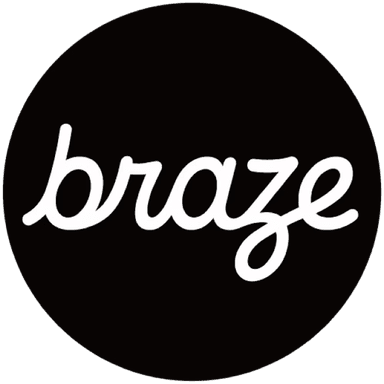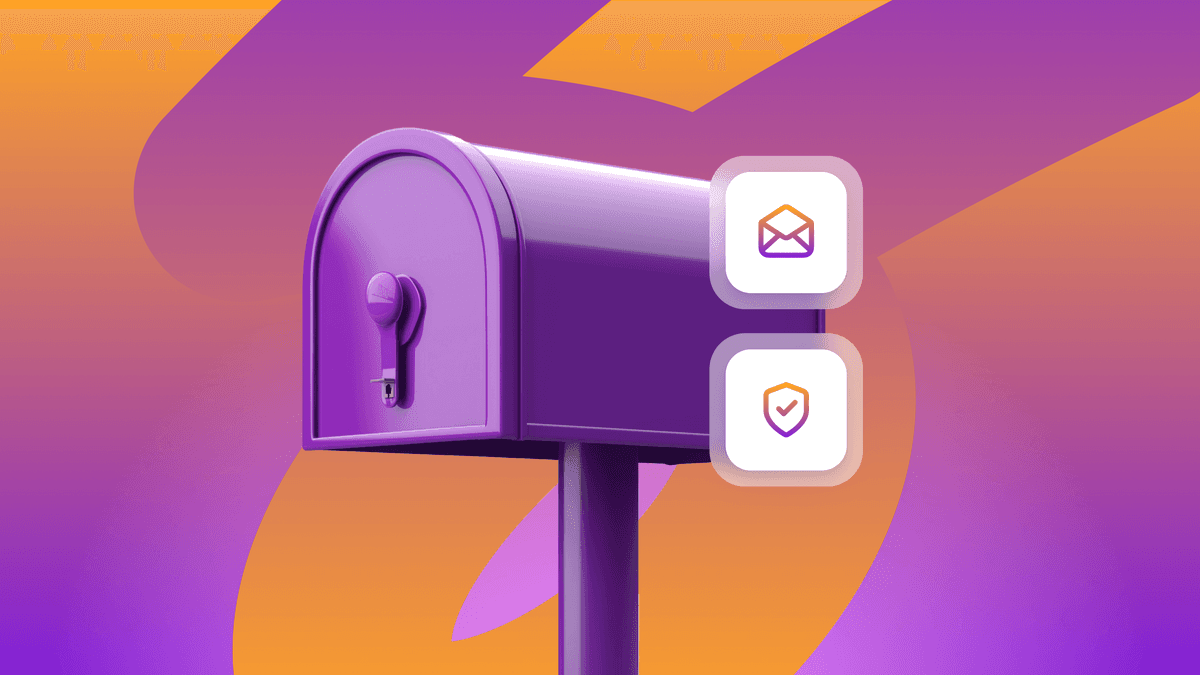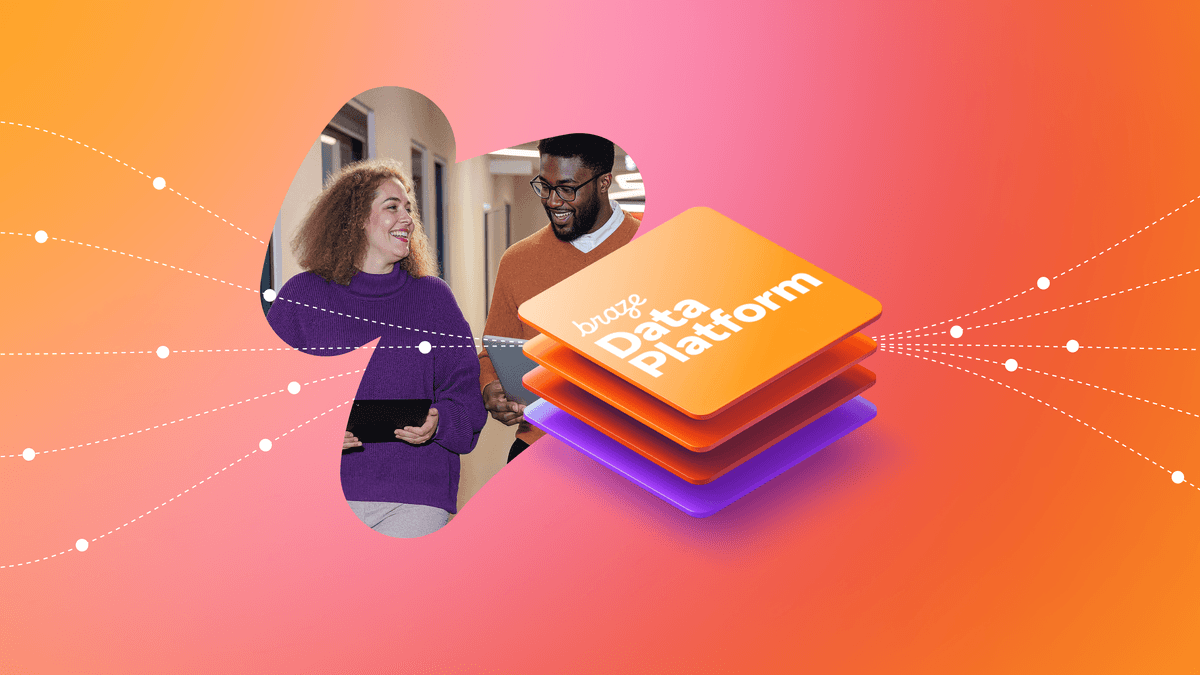Migrating to Braze from a Legacy Marketing Cloud: Why the Time to Act is Now
Published on March 28, 2025/Last edited on March 28, 2025/9 min read


Team Braze
It happens all the time. Some software as a service (SaaS) vendors coast for years without maintaining their software, innovating their functionality, or thinking about what their customers need today. That’s the situation facing many marketers today, as multiple legacy marketing clouds have begun—years too late—to grapple with their massive tech debt and try to right the ship through massive replatforming projects. The likely impact on their customers? Months of potential disruption, downtime, and data issues, all so they can access a solution that still lags behind leaders in the customer engagement space.
It’s a frustrating state of affairs. Marketers are working hard to deliver an exceptional customer experience, but the same can’t be said of the legacy marketing clouds that they rely on. You might think you need to grin and bear it because moving to a new platform would be just as painful—but that’s not true. Migrating to Braze may be faster and easier than sticking with your existing provider. And the Braze platform can deliver significant advantages over former market leaders, including lower complexity and costs, higher efficiency, and better results.
It’s time to leave legacy platforms where they belong—in the past
Legacy CRM giants once dominated the marketing automation space, offering an extensive functional footprint to marketers. But that approach came with a significant cost—including lower flexibility, higher prices, and more technical complexity.
Add in the disruption that comes with internal replatforming—and the fact that these marketing clouds require users to stand up multiple tools to deliver relatively simple functionality—and the drawbacks of these former standard bearers become apparent.
Two migration journeys, two different destinations
People tend to fear change. And migrating from a legacy system to a new marketing platform can trigger worries that it will take more time, money, and energy than standing by your existing supplier. When you’re under pressure from every angle, the way that so many marketers are today, it’s normal to crave stability and choose the path of least resistance. But look closer: Replacing your legacy system with a more modern alternative can be easier—and drive more efficiencies—compared to struggling onwards with existing tools.
Standing by your legacy platform
The Perception
“Staying with my current system means avoiding the headache of migration. Sure, we have to use a lot of workarounds to get the system to do what we need, but they’re probably easier than switching platforms.”
The Reality
Being held back by fragmented tools: These aging legacy systems aren’t truly one-stop solutions anymore. They require multiple tools to deliver the same functionality that more modern technologies offer in one unified platform. That means more technical complexity, risk of disruption, and inefficiency—not to mention potential security and governance issues.
Endless upgrade roadmaps: Improvements to legacy systems result in service disruption, downtime, demands on IT resources, retraining, and uncertain costs. Many require multiple migrations for numerous interdependent products to get the system fully operational. This means you’re facing a lengthy upgrade roadmap instead of a single, simple migration.
Reducing return on investment: As these platforms age, they become bloated and less agile. You pay for tools you don’t use, they’re slower to respond to market needs, and are harder to integrate with newer technologies. What started as an empowering and all-inclusive system ends up introducing unnecessary costs, friction, and limitations.
The Result
- Ongoing disruption, cost, and uncertainty for a flawed platform
- Continued sub-optimal workflows leading to operational inefficiency
- Barriers to using customer data and creating unified customer experiences
Migrating to a new system
The Perception
“Migrating to a new platform is going to be another long, expensive, and painful process. We’ll lose campaign momentum, the team will have to retrain, and we don’t have the technical expertise to stand up a new system right now.”
The Reality
Your existing system is actually broken: Whether that’s being literally disrupted by your legacy cloud’s replatforming, or figuratively by the growing gap between what’s promised and what’s delivered, the time when these solutions could do what modern marketers need has passed. Over time, legacy systems require more workarounds and incur increasing technical debt. But, deep in the trenches, you might not realize that better solutions are available.
Legacy technologies market leaders have been surpassed: As CRM giants struggle to keep pace, agile new platforms emerge to meet ambitious marketers’ needs. Modern—and more focused—platforms like Braze offer comprehensive customer engagement tools in a single solution, slashing cost, time and complexity.
Migration is easier than staying stuck: When you’re already facing disruption, delays, and disjointed workflows, migration is easier than fighting the friction of your legacy system. Braze was designed to support real-time data streaming, extensibility, vertical integration, and rich, bidirectional connections with all the major data warehouses, making it easier for brands to see swift time-to-value and reduced migration friction.
The Result
- A single simple migration instead of ongoing disruption and confusion
- Enhanced operational efficiency and competitive advantage in a matter of months
- Accelerated workflows that deliver coherent cross-channel customer journeys
Read more about the challenges of delivering great marketing with a legacy cloud platform.
The Braze difference: Seamless migration and speedy time-to-value
Migrating to Braze is designed to be a quick, straightforward and fully supported process. Proactive support from Braze onboarding and implementation experts and an intuitive user experience mean disruption is minimized, while results are optimized for both users and customers.
Let’s look at the three core pillars supporting the Braze migration program.
Pillar 1: Simplify migration for a smooth transition
Migrating to a new customer engagement platform can be daunting, but our simplified process can help make the transition seamless. Both the Braze platform and our onboarding services are designed to help brands get up and running quickly while also maximizing the value they receive. What does this mean in practice?
- Ease of migration: Braze offers a comprehensive solution that simplifies migration, and our expert guidance supports smooth transitions from legacy systems and point solutions alike.
- Time-to-cost savings: The Braze platform's efficient data structure, adaptable APIs, and dedicated service teams enable quick, efficient setup, which can lead to significant savings.
- Accelerated time-to-value: The Braze platform's turnkey data solutions free up time for strategy and creativity, enabling brands to start engaging customers and driving results quickly while also handling supporting existing use cases built at their previous vendor.
- Right-sized customer packages: Braze has experience helping brands migrate from multiple legacy marketing clouds, allowing us to offer tailored onboarding experiences that cater to each brand's unique needs, ensuring a smooth, customized integration.
“The level of collaboration we experienced with Braze was exceptional; they truly understood our goals and tailored their onboarding process to meet our unique needs.”
Muhammad Nauraiz Kharal
Group Head of CRM, Central RetailCentral Retail migrated seven business units and 250 campaigns in two months with Braze (Read the full case study).
Pillar 2: Achieve optimal results via data-driven efficiency
In today's digital landscape, data is the key to unlocking the full potential of marketing efforts. By harnessing the power of real-time data, Braze enables brands to create personalized and impactful customer experiences that drive tangible results.
- Leverage data more easily: The Braze platform includes intuitive APIs, client libraries, and partner connectors that easily enable access to real-time data for informed decision-making and timely messaging.
- Speed-to-data ingestion: The Braze platform is built to expediently handle any data, supporting true real-time experiences. That provides marketers with timely and relevant insights—and the ability to take swift action based on them.
- Maximized performance at scale: The Braze platform is built on streaming data, supporting in-the-moment activation and results, including high performance as customer interactions scale.
- Increased lifetime value: With unified data and personalized interactions, Braze makes it easier for brands to take effective action, enhancing customer lifetime value and fostering loyalty.
Our long-standing partnership with Braze has allowed us to continuously refine our customer communication strategy. We've leveraged Braze's capabilities to optimize message timing and personalization, resulting in stronger engagement and a noticeable improvement in the overall customer experience.
Tobias Lüder
Head of CRM - Europe, foodorafoodora achieved 26% reduction in unsubscribe rate and 6% increase in push direct opens with Braze (Read the full case study).
Pillar 3: Reduce overall marketing spend by consolidating systems
To stay competitive, brands need to optimize their marketing budgets while still driving customer lifetime value (LTV) and long-term relationships. The Braze platform and our services teams make that possible, providing a unified customer engagement solution and effective strategic guidance, allowing brands to streamline costs and simplify operations.
- Reduced tech costs: By consolidating customer engagement into a single solution, Braze eliminates redundancy, sprawl, and the need for channel-specific point solutions.
- Decreased complexity: An end-to-end customer engagement solution means teams don’t need to switch between tools to carry out cross-channel campaigns to reach their customer engagement goals.
- Reduced tech debt: Since Braze is built to handle a wide range of data types, no matter how it’s nested or structured, companies can start activating the data at their disposal and minimize the need to rely on technical teams to launch campaigns, build and maintain bespoke data pipelines, or create one-off workarounds.
Consolidating all of our owned messaging channels into Braze really made things easier and more efficient. Plus, Braze lets us get smarter with our messaging. It’s all about talking to our customers in a more connected and real way, without the extra clutter or expense.
Dutch Bros saw a 230% increase in ROI from CRM campaigns and 31% cost savings in platform consolidation after migrating to Braze (Read the full case study).
There’s never been a better time to partner with Braze
With faster time-to-value, seamless integration, and a single-platform approach, Braze helps brands bypass the complexity of legacy migration. Why waste time, money, and resources navigating the growing pains of outdated systems when you can invest in a future-ready customer engagement platform now?
To learn more about the Braze migration difference, check out Migration Made Easy or visit the Braze Product Page to get a better picture of what Braze can do for your customer engagement efforts.
Forward-Looking Statements
This blog post contains “forward-looking statements” within the meaning of the “safe harbor” provisions of the Private Securities Litigation Reform Act of 1995, including but not limited to, statements regarding the performance of and expected benefits from Braze and its products. These forward-looking statements are based on the current assumptions, expectations and beliefs of Braze, and are subject to substantial risks, uncertainties and changes in circumstances that may cause actual results, performance or achievements to be materially different from any future results, performance or achievements expressed or implied by the forward-looking statements. Further information on potential factors that could affect Braze results are included in the Braze Quarterly Report on Form 10-Q for the fiscal quarter ended October 31, 2024, filed with the U.S. Securities and Exchange Commission on December 10, 2024, and the other public filings of Braze with the U.S. Securities and Exchange Commission. The forward-looking statements included in this blog post represent the views of Braze only as of the date of this blog post, and Braze assumes no obligation, and does not intend to update these forward-looking statements, except as required by law.
Related Tags
Be Absolutely Engaging.™
Sign up for regular updates from Braze.
Related Content
View the Blog
Look out: Outlook's new email requirements and what they mean for Braze senders

Alison Gootee

How the Braze Data Platform enhances flexibility and fosters collaboration

Sahiz Kaur

Customer churn prediction: Using data for smarter retention
